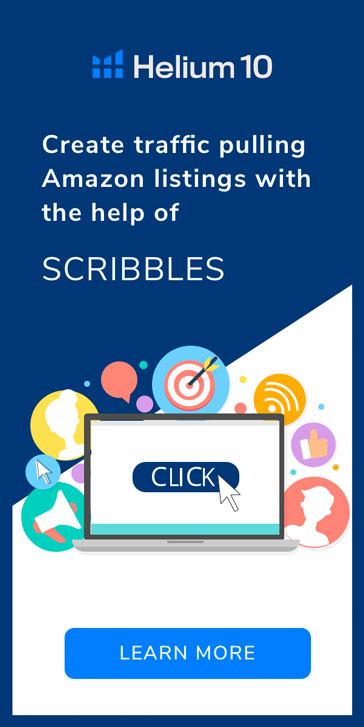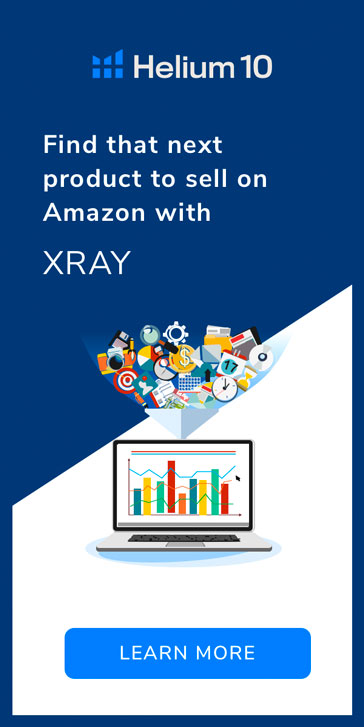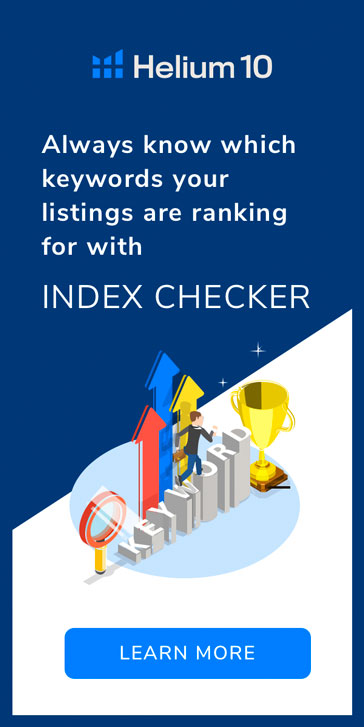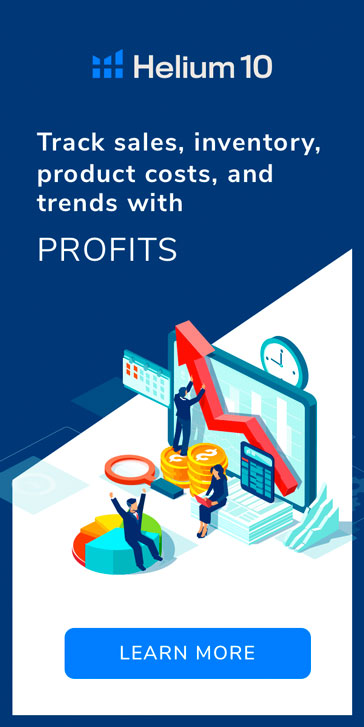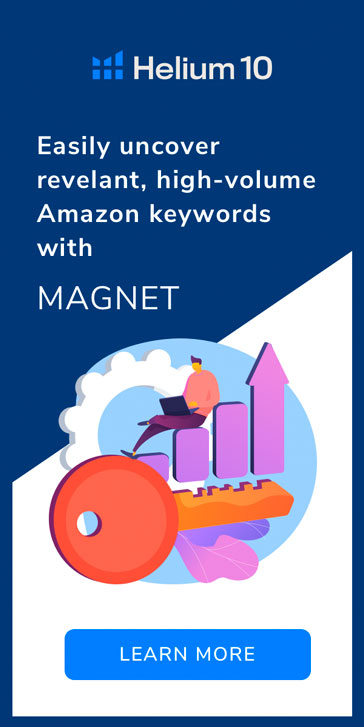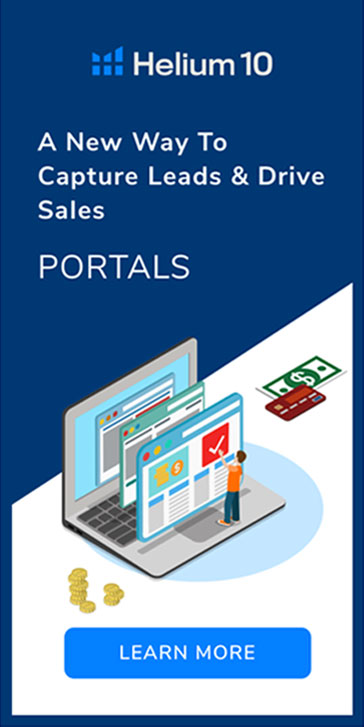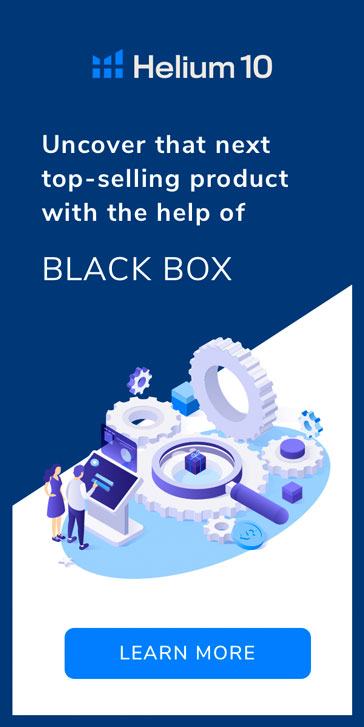No inventory? Very little capital? Build a six-digit business?
You must be talking about either a digital product or a scam.
If those were your first thoughts when you read the title, you would be wrong on both fronts.
Of course, it’s no secret that starting a business requires capital. However, gone are the days where the only way to begin or build something of your own was with a hefty sum of money lying around in your bank account.
The rise of modern technology has also brought opportunity. The e-commerce space provides people like you and me with more than a few options to build a business even if we can’t directly afford to spend thousands of dollars.
One of them is dropshipping.
If you’re not familiar with what dropshipping is, I encourage you to keep reading. In this article, we will look at:
- What is dropshipping?
- Is dropshipping allowed? (What are the specific Amazon policies?)
- The pros and cons
- Should an Amazon seller start dropshipping
- How to find success with dropshipping
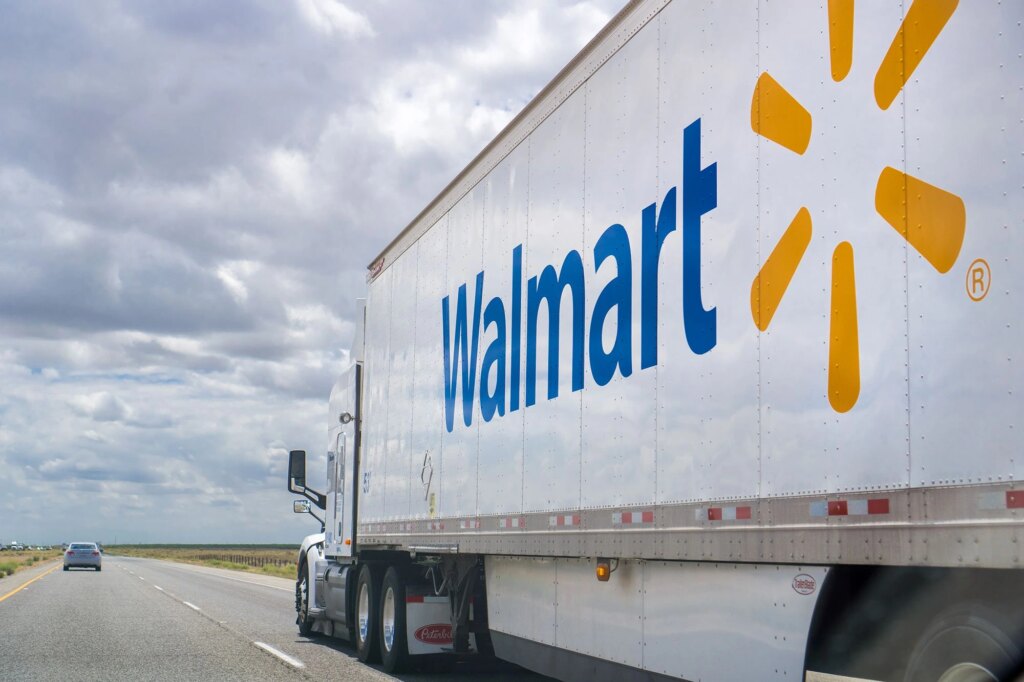
For starters…
What is dropshipping?
Great question! Dropshipping is a business model that allows any individual to lock in profits while demanding little in return financially. So, if you’ve been hoping to start a private label business but don’t necessarily have the funds to do so, dropshipping can be a great place to begin to build up some of that capital.
Sounds good, doesn’t it?
The dropshipping model works like this:
- You pick a product and a supplier
- Set up a listing for that product with a margin built-in
- Drive traffic to it
- Your supplier sends the product directly to any customers you’ve converted (After you have provided the customer’s shipping information)
Think about this for a moment. Using the dropshipping model, without having to keep inventory on hand you would still be able to provide products to consumers who visit your online storefront on a marketplace such as Amazon. What you’re doing is leveraging the power of a third party supplier (whether it be a retailer, distribution center, or factory) in order to get buyers the products they need!
Your sole job would be to drive traffic to your listing. Once a prospective buyer makes a purchase, you would transfer that customer’s order and shipment details to the manufacturer, retailer, or wholesaler, who would fulfill the order or “drop ship” the product directly to the consumer.
The customer is happy. The supplier is happy, and so are you!
After all, by marketing your selected supplier’s products at a markup, you have earned profits on any products you successfully sold while the supplier gained a sale and the customer was able to buy the product they wanted.

Be careful of dropshipping variations
However, be cautious as there are some dropshipping variations that are dependent on both the platform you’ve chosen to sell on and the way that you acquire your products that can impact your ultimate success.
For example, if you dropship on Amazon, you will need to decide if you’d rather use an overseas supplier or take advantage of a big box retailer like Walmart, Sam’s Club, or Home Depot near you.
Using an overseas supplier could mean cheaper rates for you, but longer shipping times for the consumer. Alternately, using a big box retailer could mean convenience of access and better shipping times. Unfortunately, it opens the door to the possibility of brands flagging you as someone who sells counterfeit products, those big box retailers running out of your stock and you having overall lower margins as your profit is being eaten up by taxes.
Let’s take a few minutes to look at a case study we recently did to help you better understand the right path to take.
Helium 10’s Amazon dropshipping case study
Helium 10 is focused on helping Amazon sellers start and scale their private label brands. Still, selling a private label product on Amazon can easily require an investment of thousands of dollars. We wanted to investigate other forms of selling on Amazon that might help someone build up the capital to launch their own private label brand.
Our quest to help future e-commerce sellers find a way into selling online is what led Helium 10’s Director of Training and Chief Evangelist, Bradley Sutton, to conduct a Amazon dropshipping case study test in Q4 of 2020.
Bradley has launched more than 400 products in his e-commerce career and is also the host of the Serious Sellers Podcast. During the case study, Bradley tested Amazon dropshipping from big box retailers, moved 11,000 dropshipping units, sold as much as 200-300 units a day, and grossed over $500,000 in revenue with 10% net profit.
To find his product, Bradley used Helium 10’s software to look at the price history of products on Amazon. With the help of our Chrome Extension, he was able to take a look at data to find products that appeared to be in high-demand but were out of stock.
A particular remote-controlled toy car priced traditionally at between $44 to $49 had jumped to around $100 by November.
Since the leading retailer on Amazon was out of stock, and Walmart had it in stock at the same original price Amazon had initially priced it at, he jumped at the opportunity.
He sold 539 units of the remote-controlled car for a $46K gross revenue with 26% profit.
Of course, the success had to do with timing and proper product research with market data, but there was also an additional advantage. Bradley leveraged the existing traffic and received hundreds and sometimes thousands of impressions organically on a daily basis because the product was in high demand and people were already searching for it.
Most new e-commerce sellers do not realize that there’s an upside to using the Amazon marketplace to host business dealings. There’s already a certain degree of credibility that’s been developed with Amazon that can be leveraged.
A significant percentage of the traffic that finds its way to Amazon’s marketplace throughout the day to perform a keyword search is already there with the intent to buy. It makes the seller’s job easier and helps increase profits if the product has good margins and demand.
Existing traffic boosts organic reach and prompts the decrease in marketing and advertising fees.
Interestingly enough, the biggest bottleneck ended up being Amazon’s policies.
Because Amazon is known to be strict with their guidelines, going against any part of their Terms of Service places great risk to the Seller’s account.

If dropshipping on Amazon is so risky, is it a good idea?
Since there are set policies for it on Amazon’s website, that indicates there are means by which Amazon dropshipping is allowed and ways in which it is prohibited. You can dropship on Amazon, but there are strict parameters to be mindful of.
- You need to be the seller of the record of your products.
- You must identify yourself as the seller of your products on all packing slips, invoices, external packaging and other information provided in connection with your package.
- You must remove any packing slips, invoices, external packaging or other information identifying a third-party drop shipper prior to shipping the order.
- You need to be responsible for accepting and processing customer returns of your products and you must comply with all other terms of the seller agreement and Amazon policies.
- You cannot purchase products from another online retailer and have that retailer ship directly to customers if the shipment does not identify you as the seller of record or if anyone other than you appears on packaging.
- You cannot ship orders with packing slips, invoices, external packaging and external contact information other than your own.
Here is the full list of Amazon’s dropshipping rules.
Everybody has heard the phrase, “the customer is always right.” While that might not be exactly true, It’s absolutely crucial that you consider how to extend the best customer service possible.
Offering good customer service CAN be difficult in the dropshipping space. When you combine the possibility of inconsistent branding and product quality, sellers will have to remain alert on the smallest of details.
For instance, in Bradley’s case study, there were noticeable tracking number and packaging issues. While Bradley tried to stick to predominantly third-party sellers on Walmart’s retail website to avoid or minimize Walmart packaging, 1% of his customers left complaints.
What’s frightening is that such a tiny percentage could have turned out to be risky. If any one of those consumers had left a complaint on Amazon with just one trigger word, his entire account could have been shut down for violating policies.
Below is an authentic warning letter from an Amazon drop shipper whose behavior triggered a response from Amazon.
Furthermore, Amazon’s policies specifically state the following:
“Sellers must maintain a VTR (valid tracking rate) greater than 95%. A VTR below 95% in a product category can result in restrictions on your ability to sell non-FBA items within that category.”
In normal cases, most sellers have the tracking number connected to their shipping software, but if you are dropshipping, it means you have to manually update the tracking number.
In Bradley’s case, his products were delivered on time, but with Walmart recently making a shift towards using DoorDash, no valid tracking numbers were available for packages that were being delivered. With DoorDash as the delivery method for the Amazon dropshipping item and no valid tracking ID to input, it was necessary to leave fields blank and the tracking rate dropped to 80.23%. Nearly 20% of the orders had no tracking number and Bradley’s account felt the impact.
These seem like small things. Afterall, 80% is still a B in school.
The problem is that when the product you’re selling is not wholly or privately labeled as yours, you lack control over the consistency. Whether it be in the form of inconsistencies with the branding, the products or the quality, customers can be left feeling confused when they finally do receive their products.
It might be because it’s not in the packaging they expected. Some of Bradley’s products were shipped in a Walmart bag and caused some confusion for customers expecting products boxed up in Amazon branding.
At the end of the day, the Amazon dropshipping business model could be a great option because it allows you to begin with so very little capital investment. It can also be hosted on a platform like Amazon where there is so much organic traffic being directed straight to you.
You WILL need to make certain that you are carefully following Amazon’s terms of service so that you don’t end up with a suspension or worse.
Still, we’re talking about potential six figure traffic!
Amazon FBA vs dropshipping: which is the best fit for you?
The first question you will need to ask yourself in choosing will be: what is my budget like?
It’s a confrontational question. It’s hard to hear, but private labeling through FBA might require an investment of several thousand dollars (or more) to start. Inventory must be on hand before any orders are placed, and product research and sourcing will take time! However, if you can afford it, you will be able to build a large customer base, focus on brand recognition, offer better consistency in customer service, have better profitability, and gain the ability to scale.
Interested in how to private label products?
You can begin your education for free here.
If you’d like to get into selling private label but don’t necessarily have the funds to start right now, that’s okay too! Everyone starts somewhere, and Amazon dropshipping can still definitely be a great place to start!
Keep in mind that there are a lot of six, seven, eight figure Amazon dropshipping businesses whose sellers are perfectly happy to keep putting those Amazon checks in the bank.
If you’d like to use it as an avenue to build the necessary capital before jumping with both feet into developing your own private label product, even better.
Here’s to your success!
Read the original post from Helium10.com https://www.helium10.com/blog/six-figure-amazon-business-without-inventory/












